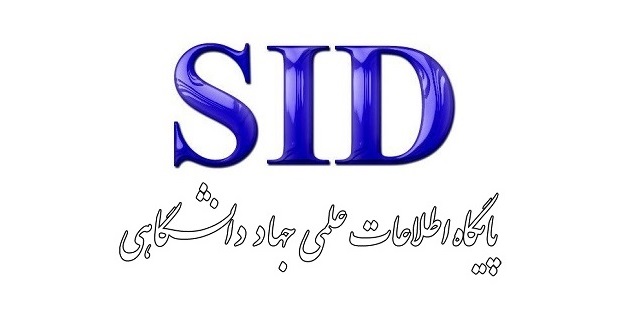Examining Societal Changes and the Institution of Family in Contemporary Discourse
Keywords:
Iranian family, structural changes, functional changes, gender roles, modernization, globalizationAbstract
This study examines the transformations in the Iranian family structure and functions, focusing on both macro and micro-level changes. The findings indicate that the Iranian family has undergone significant changes due to processes of modernization, globalization, and socio-economic shifts. At the macro level, the transition from extended to nuclear family structures, a decline in fertility rates, and a reduction in cousin marriages are among the most prominent changes observed. At the micro level, shifts in attitudes and interpersonal dynamics within the family, including the increased role of women in household decision-making and the changing perception of children from economic assets to individuals with rights, are significant. Additionally, the rise in divorce rates and the delay in marriage age reflect major changes in marriage patterns and spousal relationships. These changes are indicative of a global trend towards individualism and shifting gender roles within Iranian families. The results of this study align with previous research and contribute to a better understanding of the ongoing transformations in the Iranian family. Future research should explore the long-term impacts of these changes on family well-being and social cohesion in Iranian society.
Downloads








